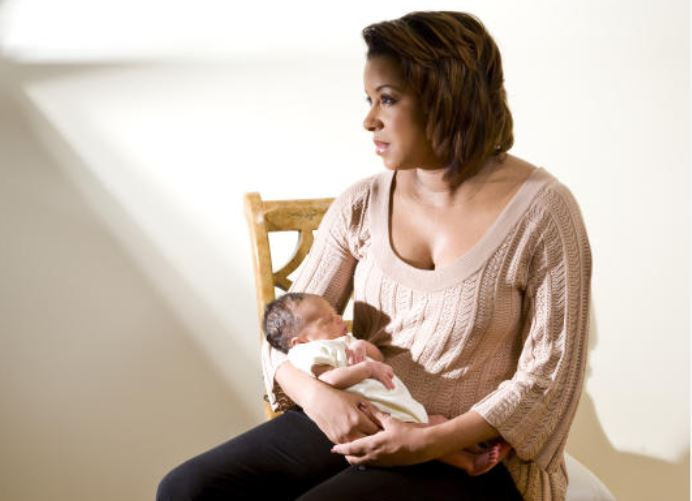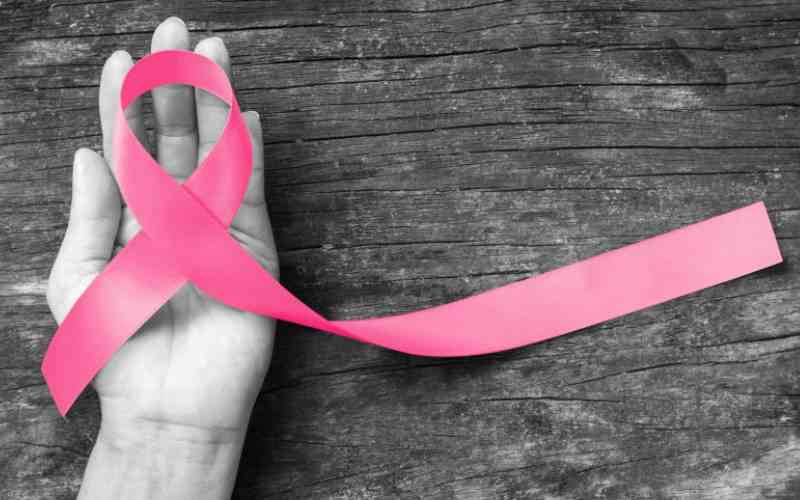
Kenya is grappling with a concerning surge in HIV infections among adolescents, ranking seventh globally in the disease burden.
The country has reported at least 248 new infections weekly among adolescents aged between 10 and 19.
South Africa leads with 7.8 million, India (2.3 million) Mozambique (2.1 million), Tanzania (1.7 million), Zambia (1.5 million) while Uganda and Kenya tie at position seven with 1.4 million cases each.
However, new HIV infections in Kenya have reduced, despite a spike in weekly infections among adolescents.
The country reported at least 22,154 new infections, a drop from 34,540 cases in 2021.
Data by the National Syndemic Disease Control Council (NSDCC) reveals that at least 248 adolescents aged between 10 and 19 years are infected with HIV every week.
The new infections are an increase from 62 cases, that were reported every week, in 2021.
An increase in cases of infections among adolescents is reported at a time when Kenya is geared towards ending AIDS by 2027, as directed by President William Ruto.
- Journey to Surviving Cervical Cancer
- Nakhumicha calls for review of doctors CBA as strike bites
- Clinical officers begin strike as crisis in health sector worsens
- Clinical officers are first point of call for patients
Keep Reading
Women are leading in new infections with at least 12, 558 cases, 5, 122 cases in men while 4, 474 cases were reported in children aged between zero and 14 years.
According to the report, 66 per cent of new HIV infections occur in 15 counties.
Nairobi is leading in new infections, followed by Kisumu, Homa Bay, Siaya, Migori, Uasin Gishu, Kakamega, Kajiado, Narok, Mombasa, Kisii, Trans Nzoia, Machakos and Busia.
Kiambu and Meru are also among counties leading in new infections.
The national prevalence of HIV stands at 3.7 per cent with at least 1,377, 784 Kenyans living with HIV among them 67, 869 children aged between zero and 14 years.
On a positive note, in the last 10 years, HIV infections among adults aged above 15 years have also reduced from 88, 622 to 17,680 in 2022.
On the contrary, new infections among children aged between zero and 14 years have reduced in the past 10 years from 12,826 to 4,474.
Even as Kenya moves towards ending AIDS transmission in children by 2027, new infections are transmitted by fathers.
NSDCC's Dr Ruth Loibon-Masha linked the new infections in babies to breastfeeding.
The fathers have sexual partners who are HIV positive, and during breastfeeding, they also have sex with their wives (mothers to the babies) who end up transmitting the virus to babies during breastfeeding.
"We now have father-child transmission of HIV," she said
In the report, 10 countries contributed to 57 per cent of people living with HIV.
The counties include Kisumu (128, 091), Nairobi (124, 609), Homa Bay (120,600), Siaya (96, 297), Migori (76,053), Nakuru (57, 635), Mombasa (50, 656), Kakamega (48,733), Kiambu (45, 917) and Kisii with 42, 210 cases.
Speaking during the release of the Status of the countries HIV epidemic report, Masha attributed the infections to silence and kangaroo courts.
GENDER-BASED VIOLENCE
Meanwhile, pregnancies and sexual gender-based violence are a proxy for HIV infections according to the new report.
In the report, at least 18 per cent of all people attending Antenatal clinic (ANC) are children between 10 and 19 years old.
Dr Masha attributed the pregnancies to silence among police, elders, religious leaders, teachers and parents.
Also, instead of action being taken against perpetrators, they are taken to kangaroo courts.
Meru is the leading county in the number of children pregnancies in the country.
To end the vice, she said NSDCC is working with Njuri Ncheke to find a lasting solution.
Treatment of HIV has also improved by 97 per cent, from only 656, 369 to 1, 294, 399 patients taking up the treatment programme.
More than half of all AIDS-related deaths occurred in 10 counties in 2022.
Nakhumicha acknowledged support from donors like PEPFAR saying they have played a major role in the treatment programme.
"When I was going to college, people who had died of HIV/AIDS were taken to villages in paper bags. But now, thanks to PEPFAR we have made progress," said Ms Nakhumicha.
She also warned the public against instilling stigma, saying it affects treatment.
She maintained that implementation of Universal Health Coverage (UHC) will boost service provision in ending HIV/AIDS.
Meru Governor Kawira Mwangaza promised to work with the Ministry of Health toward ending HIV/AIDS by 2027.
Meru, she said, is also working closely with community health promoters to ensure people living with HIV access treatment, and also sensitise the community on prevention measures.
Labour and Children Affairs CS Florence Bore pleaded with parents to monitor and talk to their children about HIV transmission and instil life skills in them at a tender age.
"This generation of our parents, we are not doing what our parents did. We are where we are because of what our parents did.
Parents, I included, we need to work extra hard in ensuring that we educate our children but we are too busy looking for money and forget talking to our children," said Bore.
 The Standard Group Plc is a multi-media organization with investments in media platforms spanning newspaper print
operations, television, radio broadcasting, digital and online services. The Standard Group is recognized as a
leading multi-media house in Kenya with a key influence in matters of national and international interest.
The Standard Group Plc is a multi-media organization with investments in media platforms spanning newspaper print
operations, television, radio broadcasting, digital and online services. The Standard Group is recognized as a
leading multi-media house in Kenya with a key influence in matters of national and international interest.











